10 Surefire Ways to Speed Up a Slow PC on Windows 7, 8, or 10
Windows PCs don’t need to slow down after some time. If your computer has slowed down lately or it experienced a freeze, then there may be some reasons for that.
Just like other computer problems, don’t be afraid to reboot your computer if it’s not working. This can settle many issues and is quicker than endeavoring to physically investigate and settle the issue yourself.
Look at The Programs Slowing It Down
The slowness of your PC may be due to the resources being used up. On the off chance that it’s running slower, a runaway procedure may utilize 99% of your CPU resources, for instance. Also, there may be a memory lapse in an application or a lot of memory usage, further making your computer swap to disk. Applications often use the disk more so that it can slow down computer performance as wll as in loading data or saving it to the disk.
To find out if this is the culprit, you can open the Task Manager then do right-click your taskbar and choose the Task Manager or press the Ctrl + Shift + Escape to be able to open it. On Windows 8, 8.1, and 10, the new Task Manager looks different like a color-coded panel. Tap “CPU,” then “Memory,” then “Disk” to see the applications that are mostly using resources. If the application is utilizing a lot of resources, you should need to close it regularly. If you cannot close it, select it and then click “End Task” so that it will close.
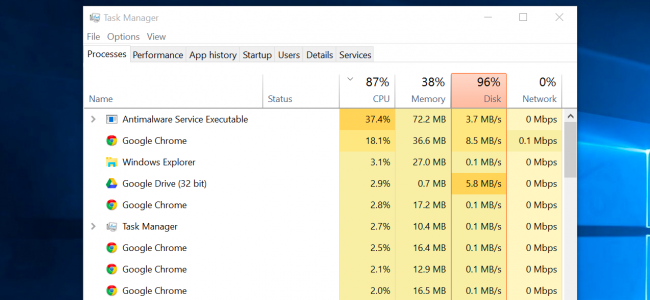
Close The Programs in the System Tray
Numerous applications are often running in the system tray or even in the notification area. These applications usually launch during startup and they also remain running in the background. However, they are often hidden in the up-arrow symbol at the lower right corner of the screen. Tap the up-arrow symbol close to the system, right-click on any applications you do not need that are running in the background and close them to free up the resources.
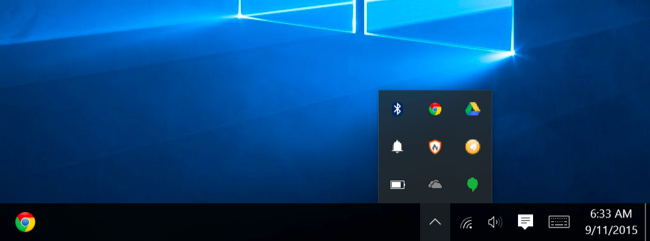
Disable Programs That Launch During Startup
You can also keep the applications from launching during startup so that you can save memory and CPU processes, and speedup your start programs.
How to Disable Startup Programs in Windows
How to Disable Startup Programs in Windows
If your computer is loaded with softwares and applications, the start up of your windows will take good amount of time…
Read more
If your computer is loaded with softwares and applications, the start up of your windows will take good amount of time…
On Windows 8, 8.1, and 10, there’s currently a startup manager in the Task Manager that you can use to manage your startup programs. Right-click on the taskbar and select “Task Manager”. You can also press Ctrl + Shift + Escape to launch it. You can click the Startup tab and try to disable startup applications that you think you do not need. Windows will tell you which of those applications are slowing down you’re your computer.
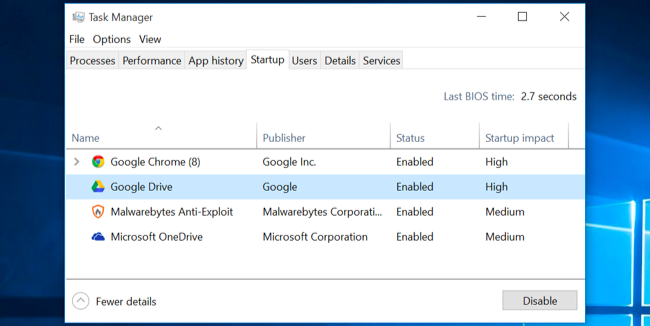
Decrease Animations
Windows utilizes a few animations, and those make your PC slower. If you disable animations, you will see that Windows will speed up.
To disable animations, you can press the Windows Key + X or right-tap on the Start button and select “System.” Next, you should click “Advanced System Settings” that is located on the left. Next, tap the “Settings” under Performance. Pick “Adjust for best performance” which is located under Visual Effects so that you can disable the animations. You can also select “Custom” and disable the animations that you don’t like to encounter.
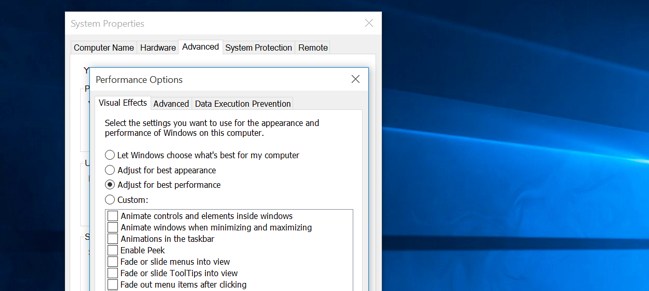
Lighten Up Your Web Browser
There’s a decent possibility that you will utilize your browser a lot, so your browser may be somewhat slow. It’s a smart thought to use as few browser extensions, or add-ons, as conceivable, because those can slow down your internet browser and make it utilize more memory.
Look at your browser’s Extensions or into the Add-ons manager, then remove the add-ons that you don’t need. You should also enable click-to-play plugins.
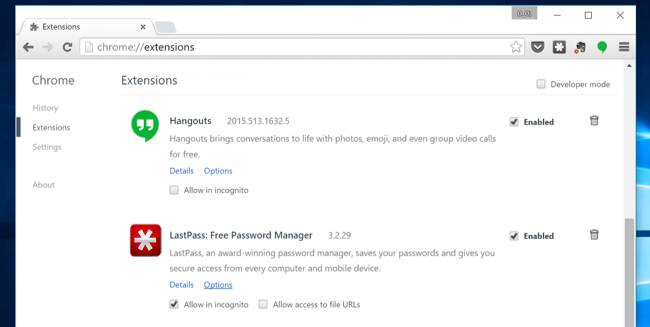
Always Scan for Malware
Malicious software can also slow down your computer by running in the background. Usually these malwares run in your browser to lead to advertisements.
To be additionally protected, check your PC with an antivirus program. You can have your PC checked with Malwarebytes, can remove unwanted programs that most antivirus programs often tend to ignore. These programs may sneak out into your computer when you install other software.
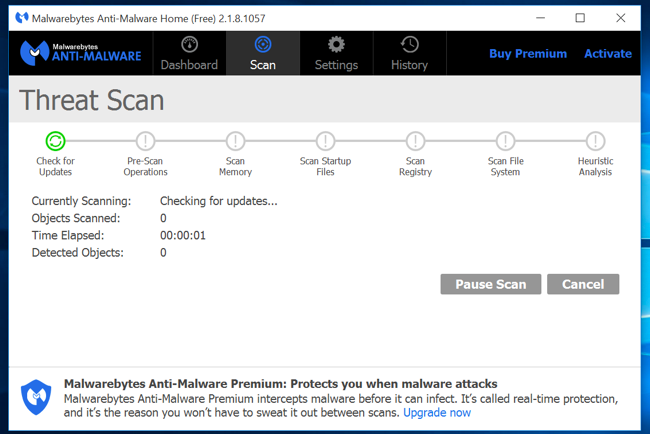
Free Up Disk Space
If your hard drive is totally full, your PC may run discernibly slower. You need to leave your PC some space to chip away at your hard drive. Third-party software is not needed. Simply run the Disk Cleanup tool incorporated into Windows because it can help a lot.
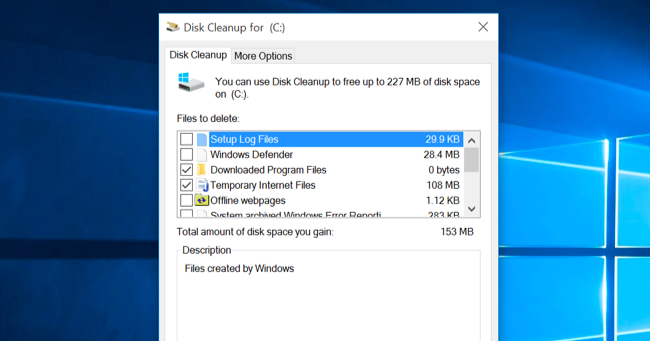
Defragment Your Hard Disk
Defragmenting your hard disk shouldn’t be essential on modern day versions of Windows. Mechanical hard drives may get defragmented in the background. Hard drives don’t generally require more defragmentation, though operating systems will often optimize them.
You shouldn’t stress over defragmentation often. However, on the off chance that you do have a mechanical hard drive and you’ve placed a lot of files on the drive, such as copying a huge database or gigabytes of PC games, those records may be defragmented because Windows haven’t defragmented them yet. You can open the disk defragmenter and scan your computer to see if you need to do manual defrag.
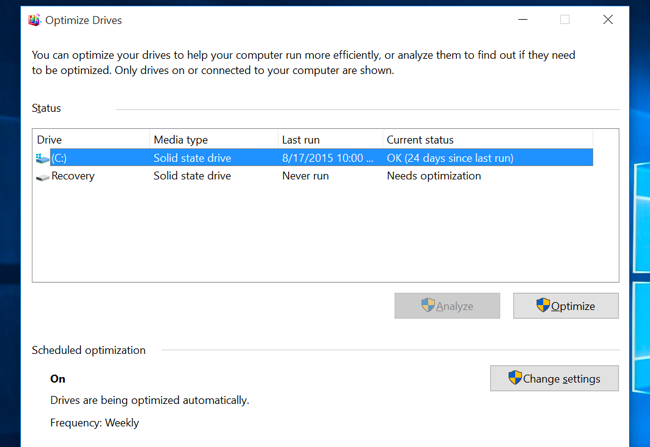
Uninstall Software That You Don’t Use
You can see the programs in the Control Panel. You may uninstall programs that you don’t need to speed up your computer. These programs may run in the background or may be located in autostart, services, menus and other locations. It’ll additionally save some space on your hard drive and enhance system security — for instance, you certainly shouldn’t have Java installed in case you’re not utilizing it.

Reset Your PC / Reinstall Windows
If the tips here didn’t settle your concern, the one timeless answer for Windows issues besides rebooting your PC, is getting a new Windows installation.
On recent versions of Windows, that is, Windows 8, 8.1, and 10, it’s less demanding to get a fresh Windows installation than at any other time. Windows installation media is not needed to reinstall Windows. You can reset your computer to wipe out your installed software and system settings.
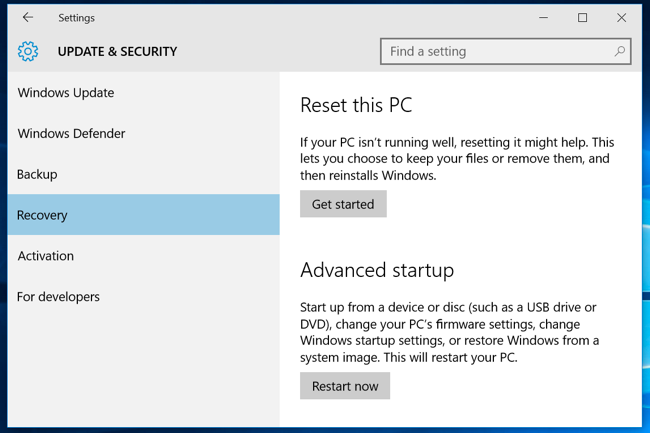
If your PC is utilizing a mechanical hard drive, moving up to a solid-state drive, or simply guaranteeing your next PC has an SSD, will offer you a dramatic performance improvement. During a time where many people wouldn’t notice faster CPUs and graphics processors, solid state storage will offer the greatest lift in overall system performance for the majority.
Learn more: EMMC or SSD: Every Solid-State Storage isn’t Equal